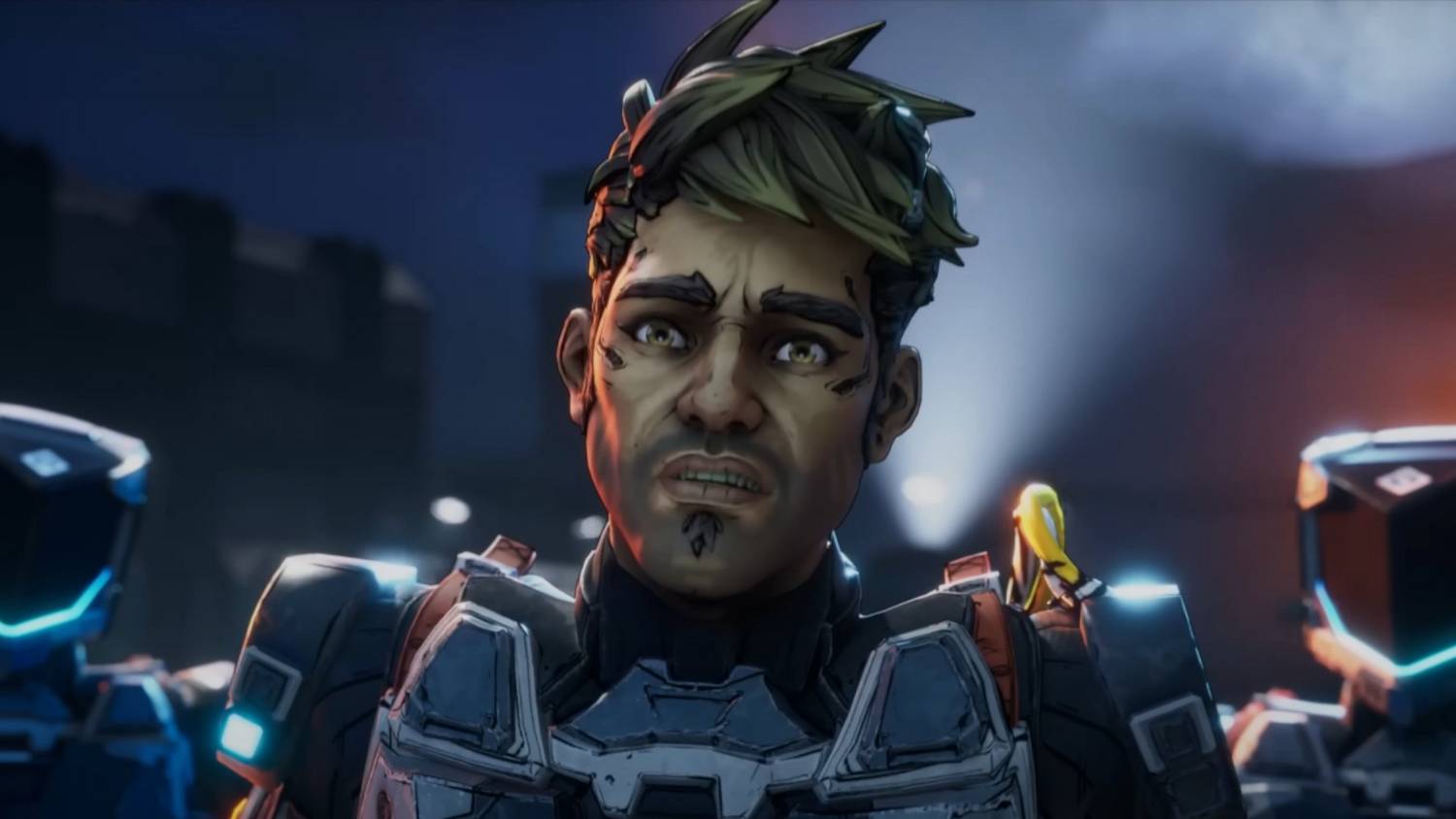Beyond the “Our”: Why Anthem Failed and Borderlands Succeeded at Storytelling
Popular Now
 Warframe
Warframe
 Garena Free Fire: Kalahari
Garena Free Fire: Kalahari
 League of Legends
League of Legends
 Roblox
Roblox
 God of War Ragnarök
God of War Ragnarök
 Call of Duty
Call of Duty
 Gacha Club
Gacha Club
 Minecraft
Minecraft
 Poppy Playtime
Poppy Playtime
 Fall Guys
Fall Guys 
The story of BioWare’s failed live-service shooter, Anthem, has been an ongoing post-mortem for years. With the game officially shutting down its servers at the start of 2026, former BioWare executive producer Mark Darrah has been providing a candid, chapter-by-chapter autopsy of what went wrong. In a new video from his YouTube series “What Happened on Anthem,” Darrah has pinpointed one of the game’s biggest failures: its storytelling. According to Darrah, Anthem failed because it was “treating everyone as if they were the same protagonist,” while a game like Borderlands succeeds because its “storytelling spreads” across all players when they split up.
 The “Accidental Our” of Anthem
The “Accidental Our” of Anthem
Darrah’s analysis is a masterclass in the differences between single-player and multiplayer storytelling. The core of his argument lies in what he calls the “accidental ‘our.'” In a single-player BioWare game like Mass Effect, the player is the sole protagonist. The story is “yours” and the choices you make are your own. But in Anthem, a multiplayer game, the narrative was designed as if everyone was the one and only main character. This created a profound disconnect. As Darrah explained, when you and your friends are all the “chosen one” in a multiplayer context, no one feels any ownership of the narrative.
This “bad edge case” of players not feeling a sense of possession over the story became the “standard case,” especially in a live-service game where the narrative needs to be able to last for a very long time. The game’s economy, which encouraged players to repeat missions for loot and experience, further exacerbated this issue. Players would skip dialogue, and the story became a meaningless background element.
 Borderlands: A Masterclass in Shared Narrative
Borderlands: A Masterclass in Shared Narrative
Darrah points to Gearbox’s Borderlands series as a perfect example of a game that avoids this trap. While Borderlands has its own flaws, its multiplayer storytelling is a resounding success. Instead of making all players the same protagonist, it empowers them to be a part of a larger story. In Borderlands, the storytelling “spreads” across the players when they split up. While the core narrative remains the same, the experience is different for each player. One player might explore the world and find a hidden audio log that gives them a piece of a side story, while another might be focused on completing a different mission.
The Borderlands series also has a number of other advantages that allow for its successful narrative design:
- Strong, Defined Characters: Unlike Anthem’s unnamed “Freelancer,” Borderlands gives players a choice of distinct Vault Hunters. Each has their own unique skill tree, personality, and an array of customization options. This makes players feel like they are playing as their own individual character, even when they are on a team.
- A Larger-than-Life World: The world of Borderlands is a wild and chaotic place. The narrative is often an excuse to go to a new, bizarre location and fight a new, ridiculous boss. The core plot is a backdrop to the fun, not a burden.
- Loot as Narrative: The gear in Borderlands is a part of the storytelling. Weapons, grenades, and shields all have flavor text and unique abilities that give the player small, rewarding pieces of lore.
A Misunderstanding of Multiplayer
Darrah’s comments go beyond just storytelling. He believes that many of Anthem’s problems “come from a misunderstanding about multiplayer games” by a team that was historically used to creating single-player RPGs. The game’s economy, the lack of endgame content, and the focus on a single-player narrative were all a result of this fundamental misunderstanding. As Anthem approaches its final, inevitable shutdown, the lessons learned from its failure will be a vital case study for the entire gaming industry. The high CPC keywords for these discussions, such as “Anthem storytelling failure,” “why did Anthem fail,” “live-service game design,” and “Borderlands multiplayer review,” all point to a continued, fervent analysis of what went wrong and how other developers can avoid the same mistakes.









 The “Accidental Our” of Anthem
The “Accidental Our” of Anthem Borderlands: A Masterclass in Shared Narrative
Borderlands: A Masterclass in Shared Narrative